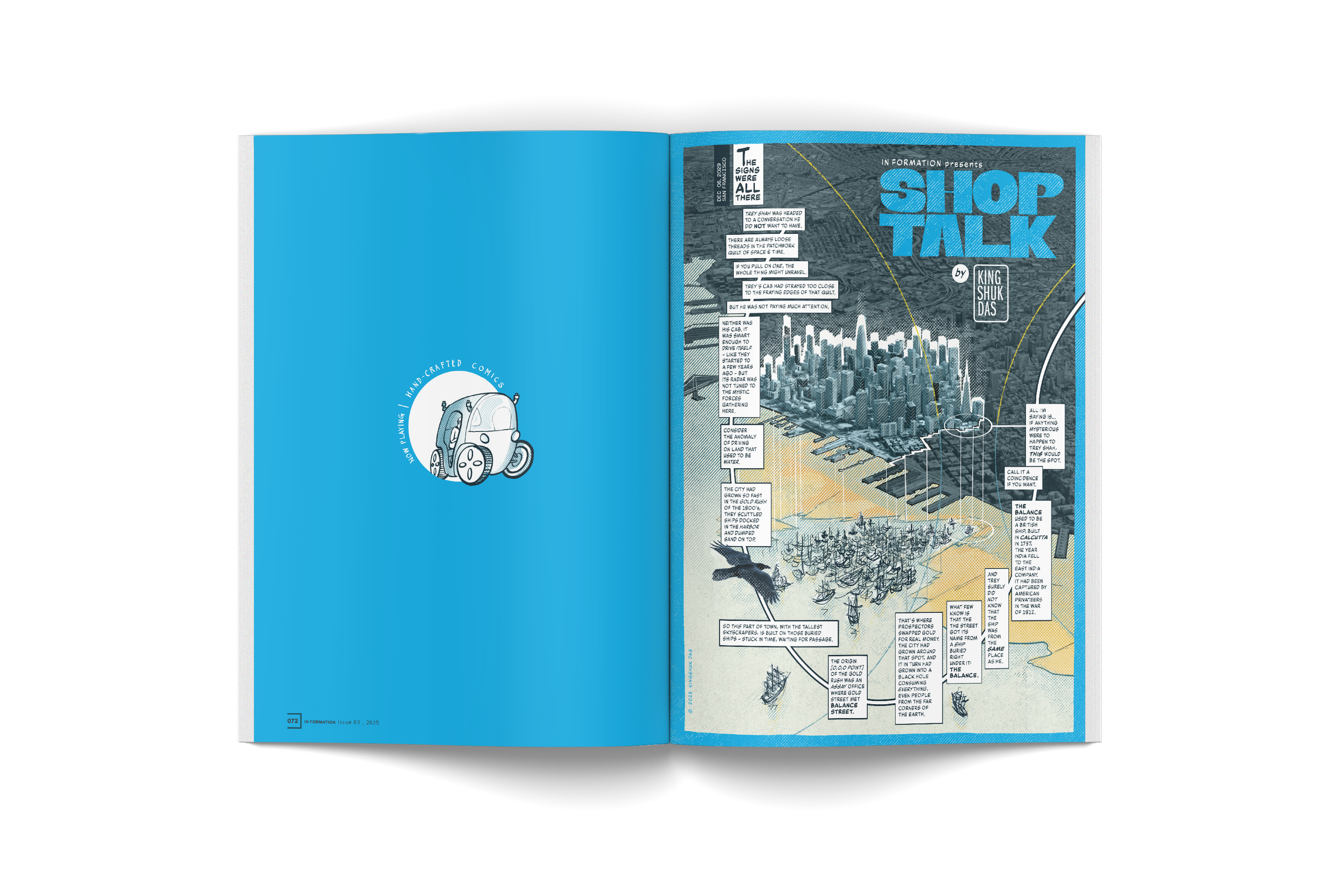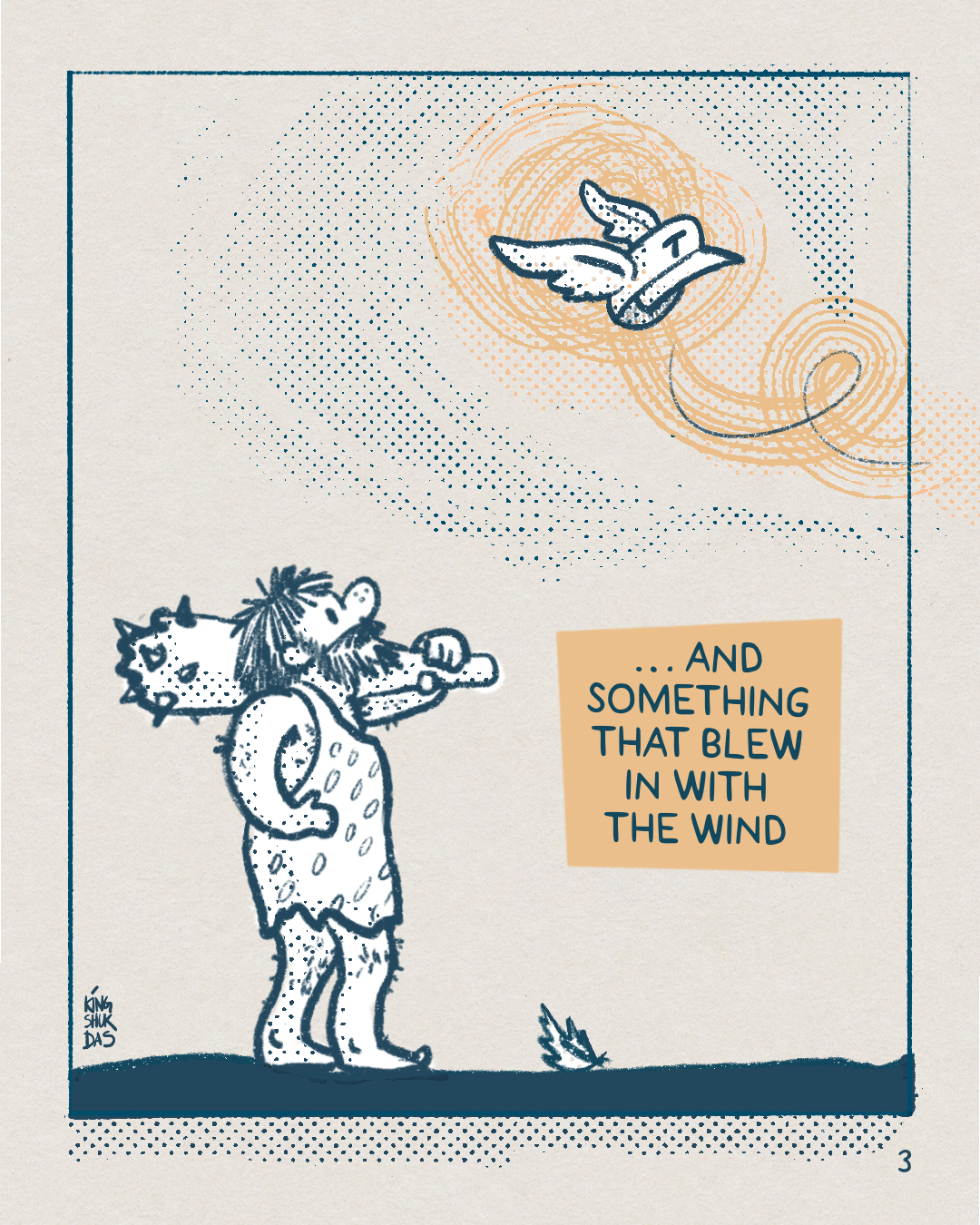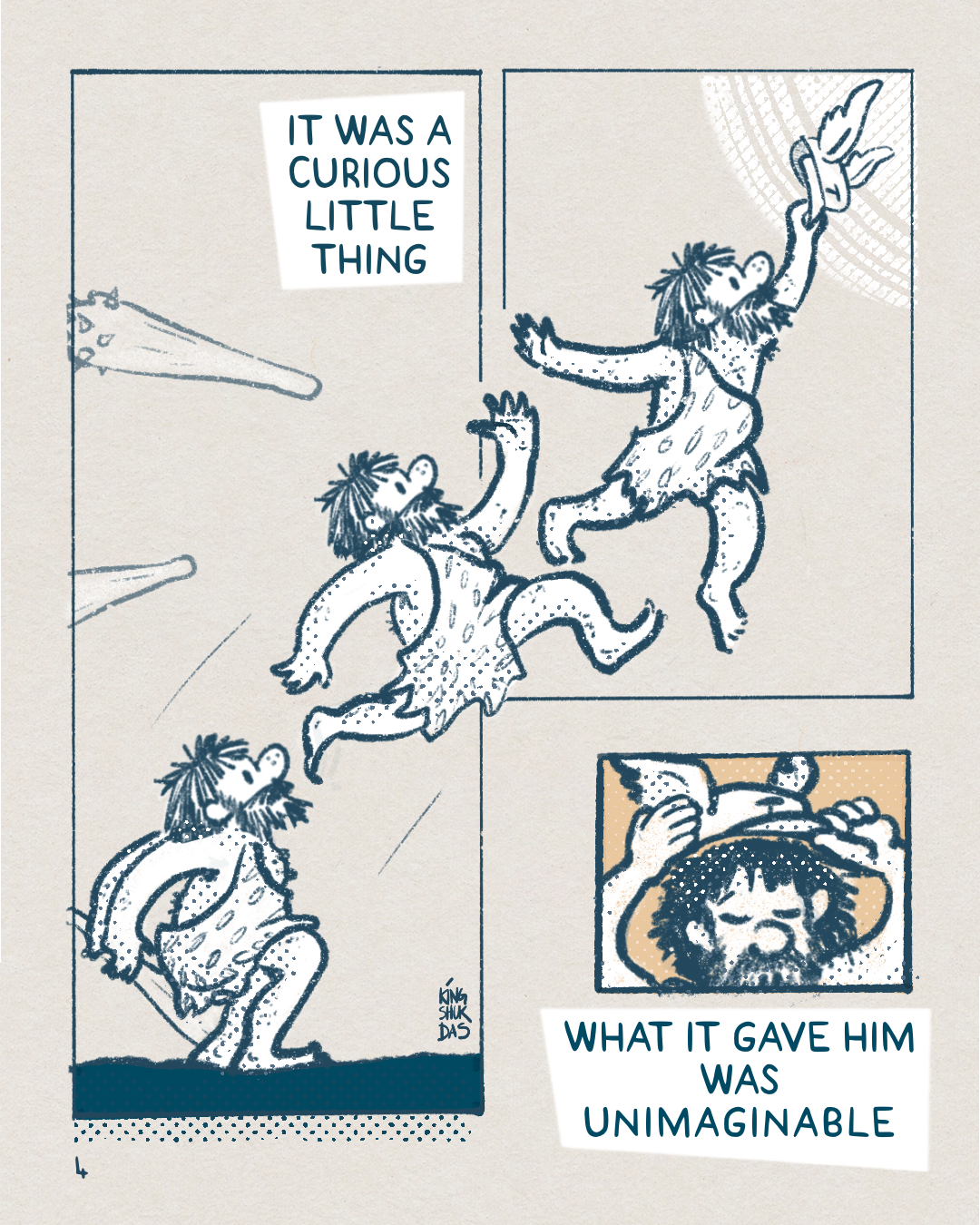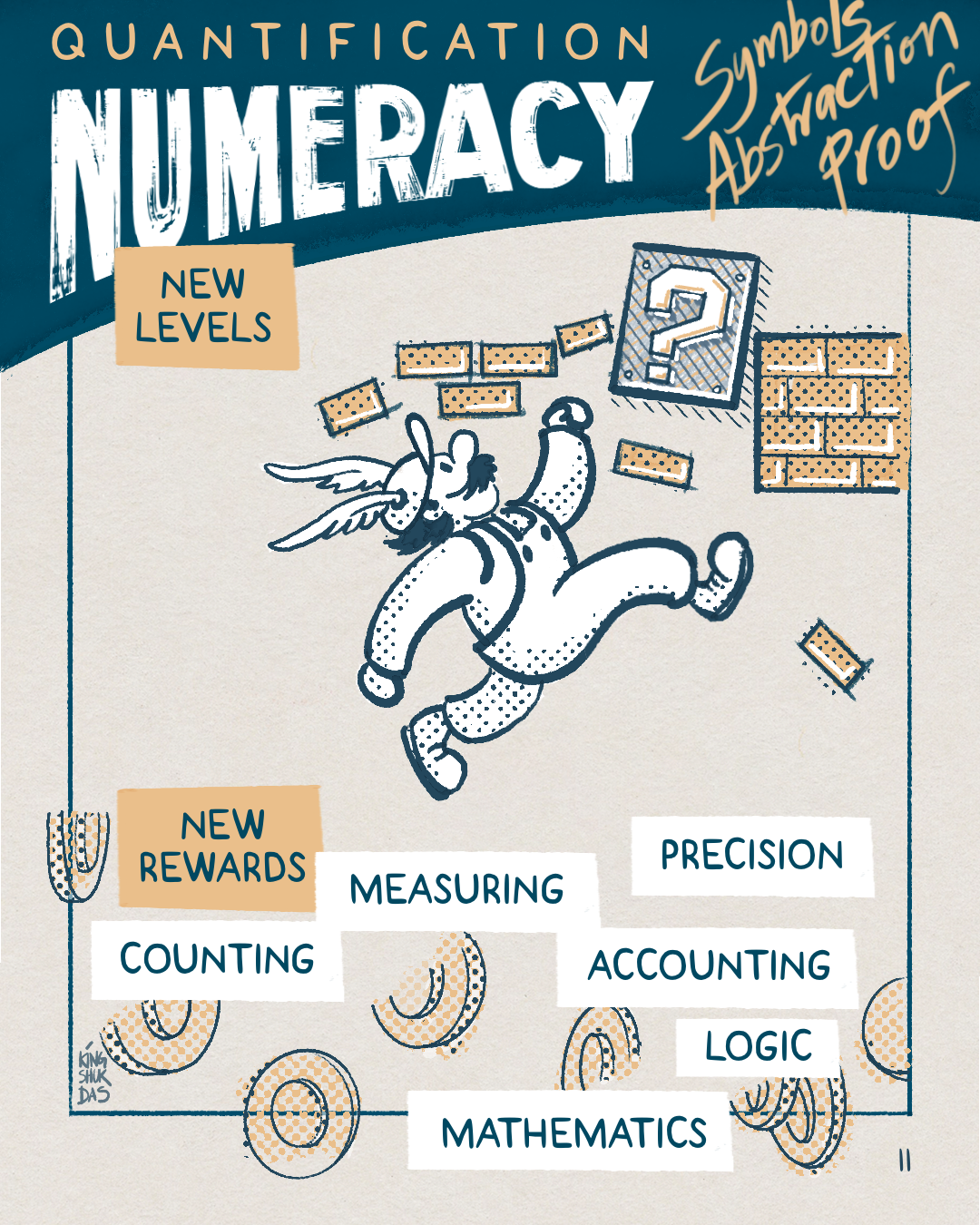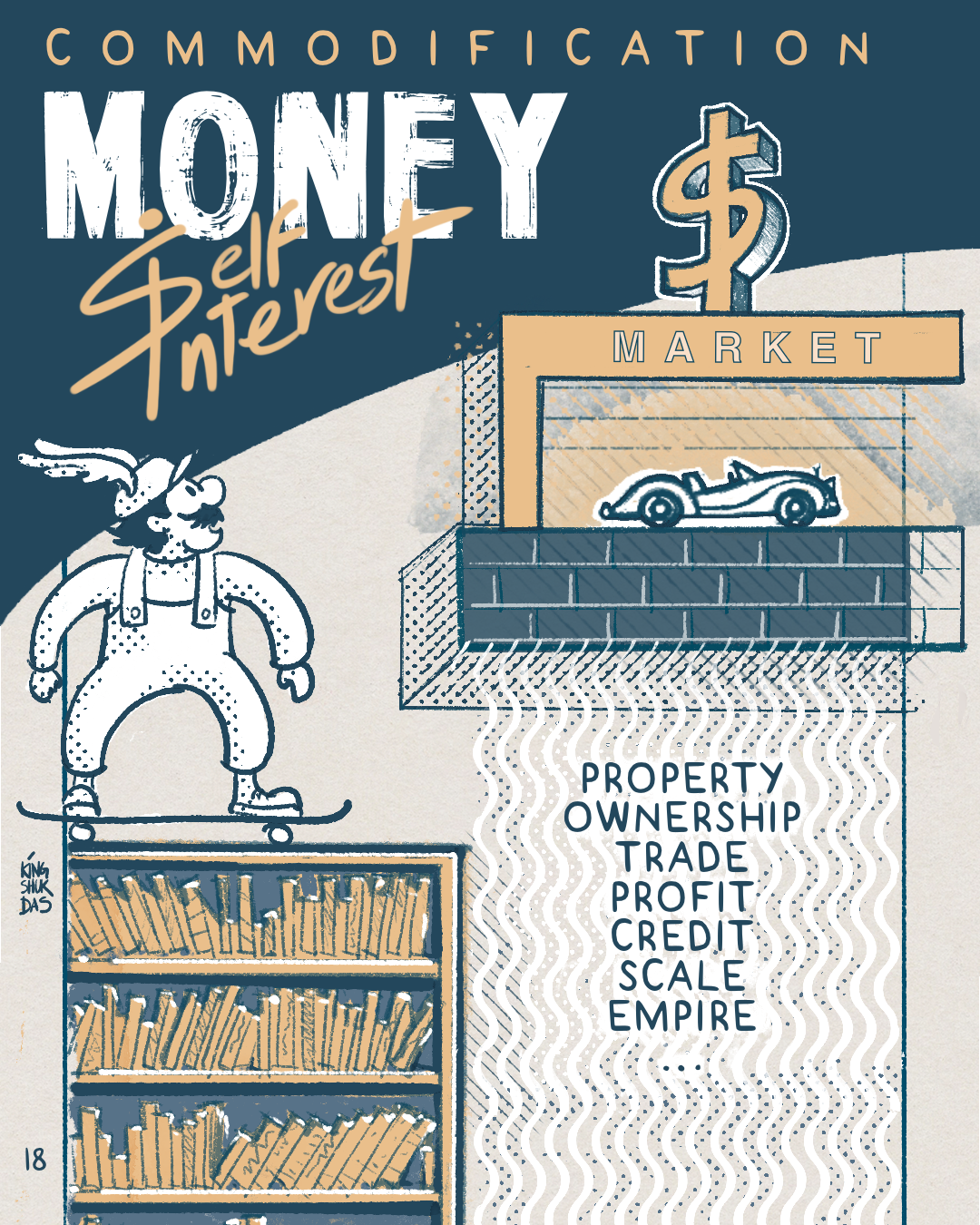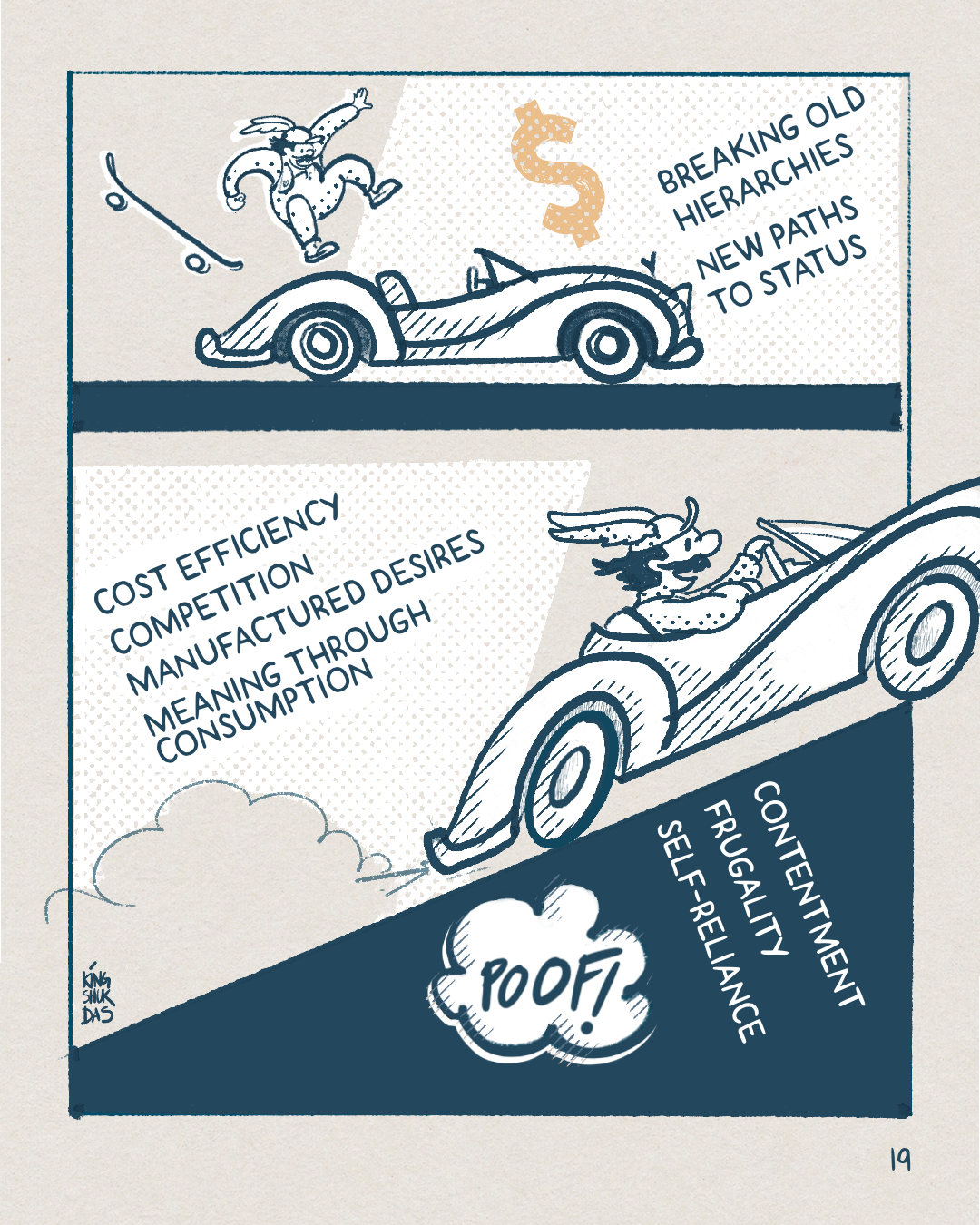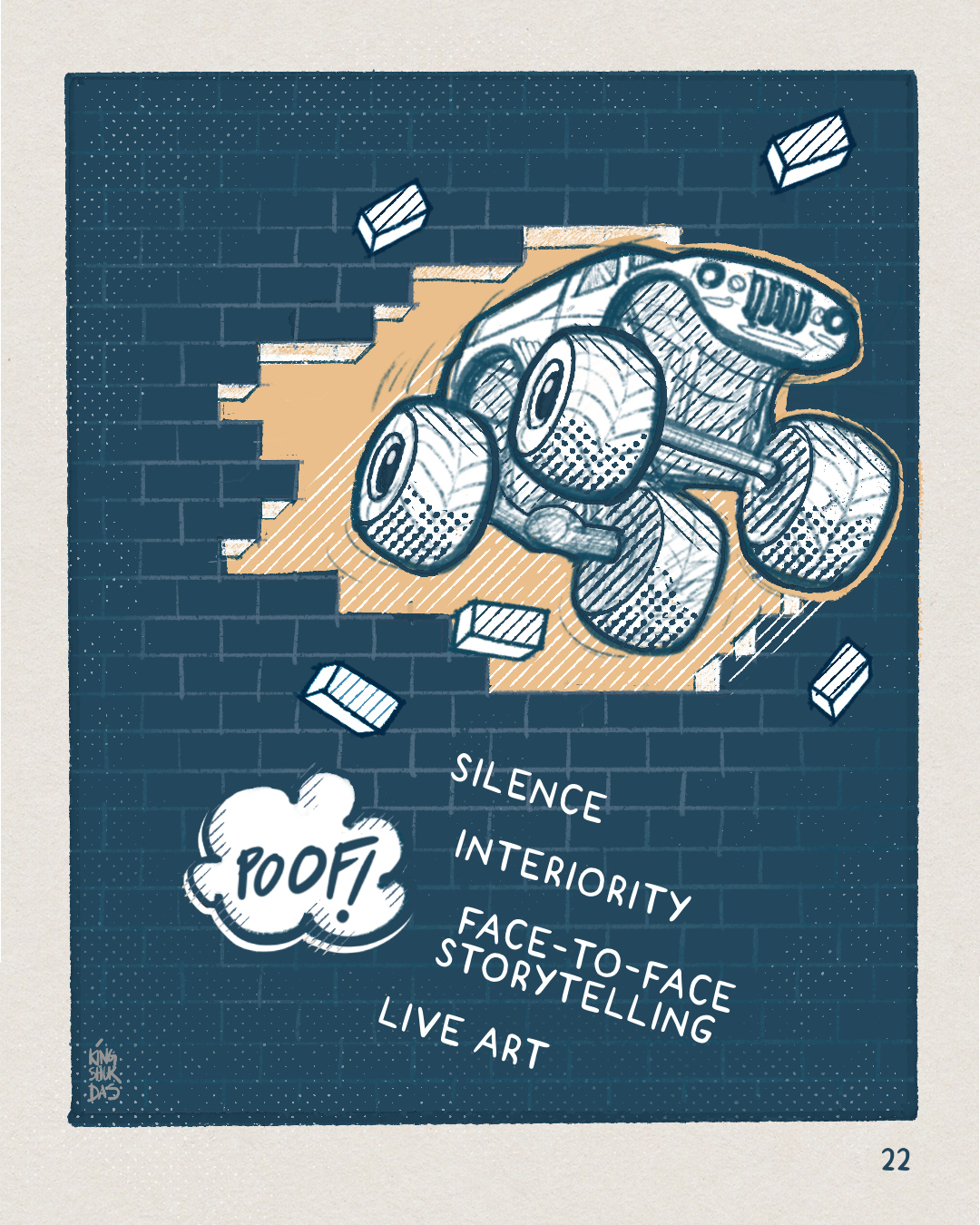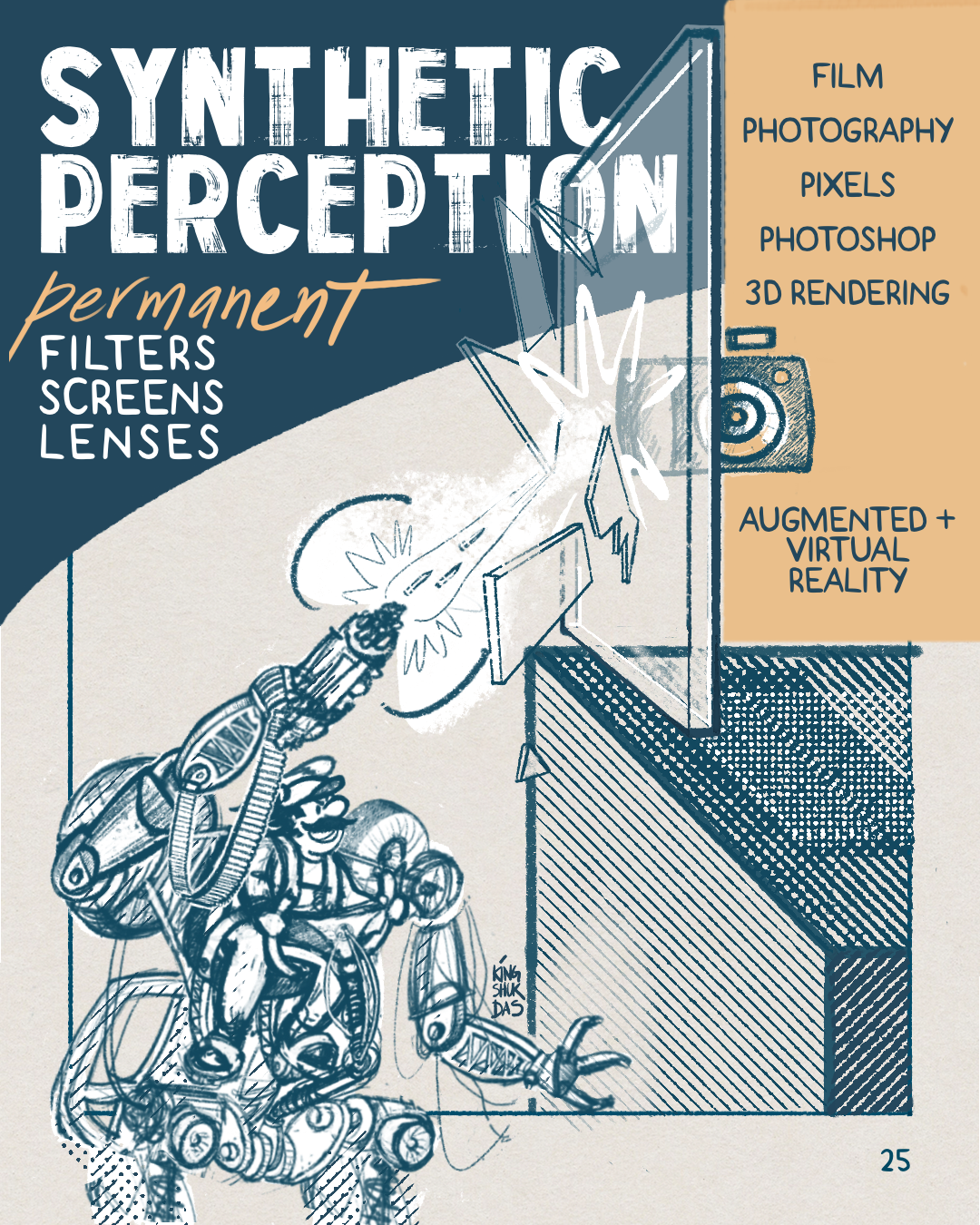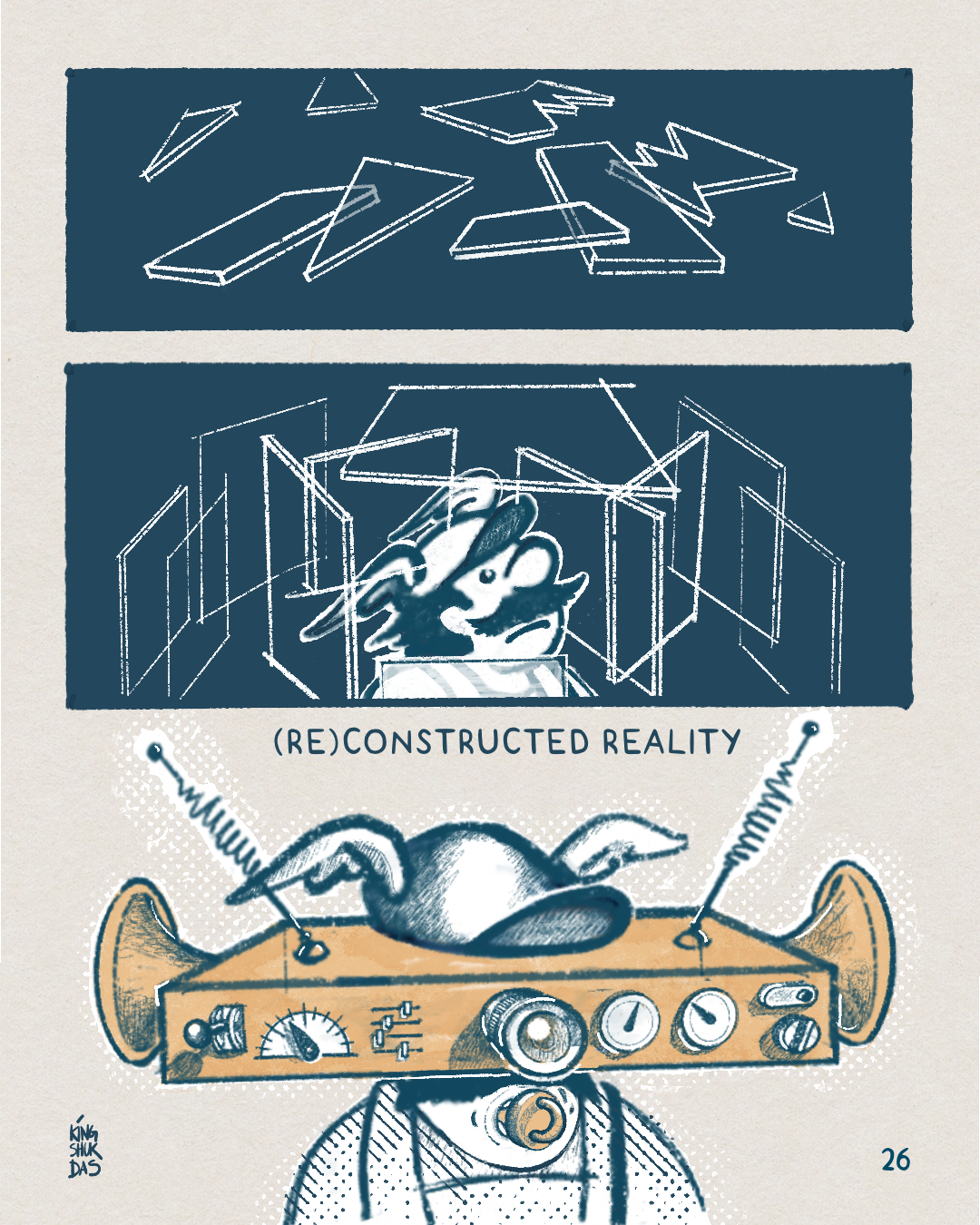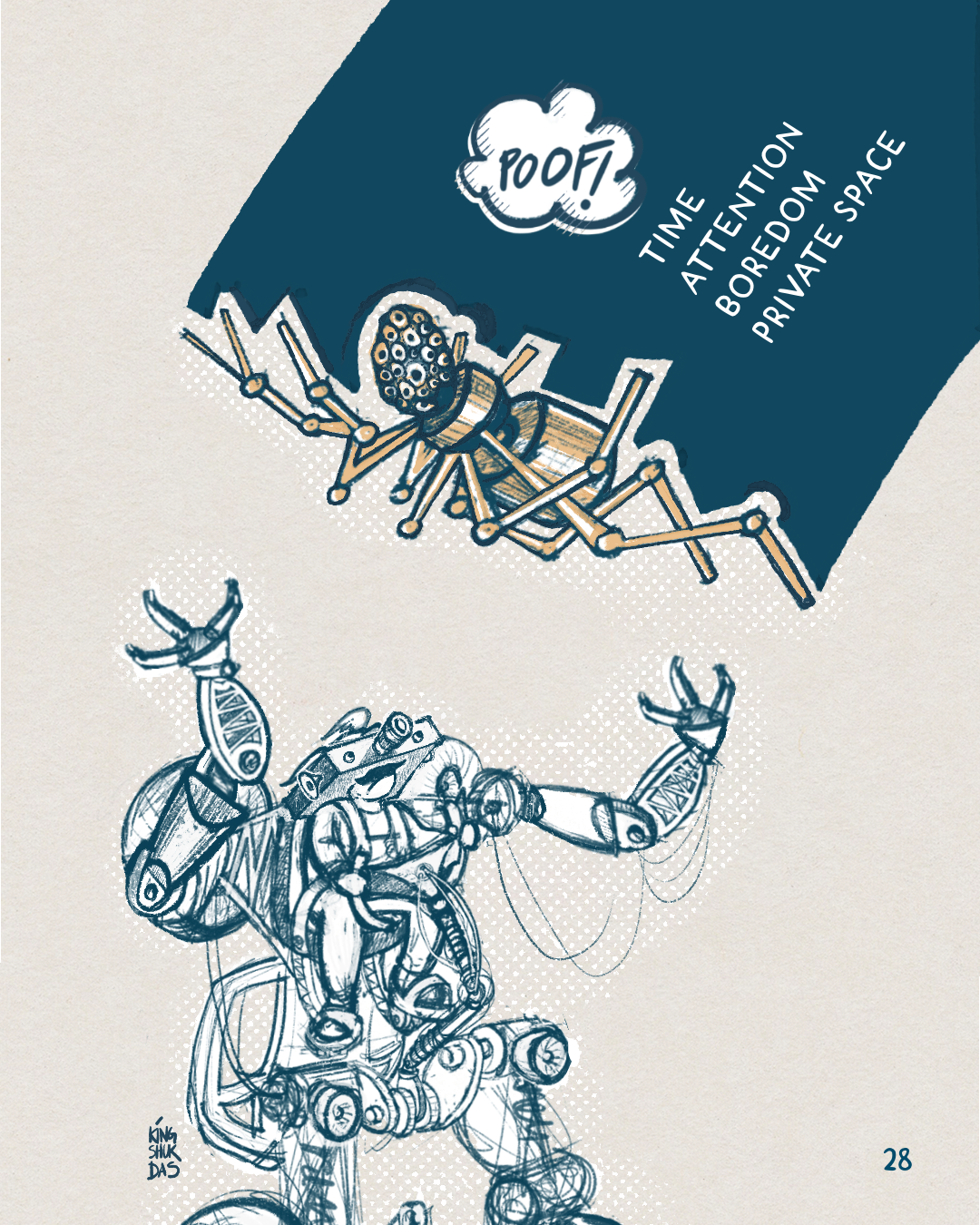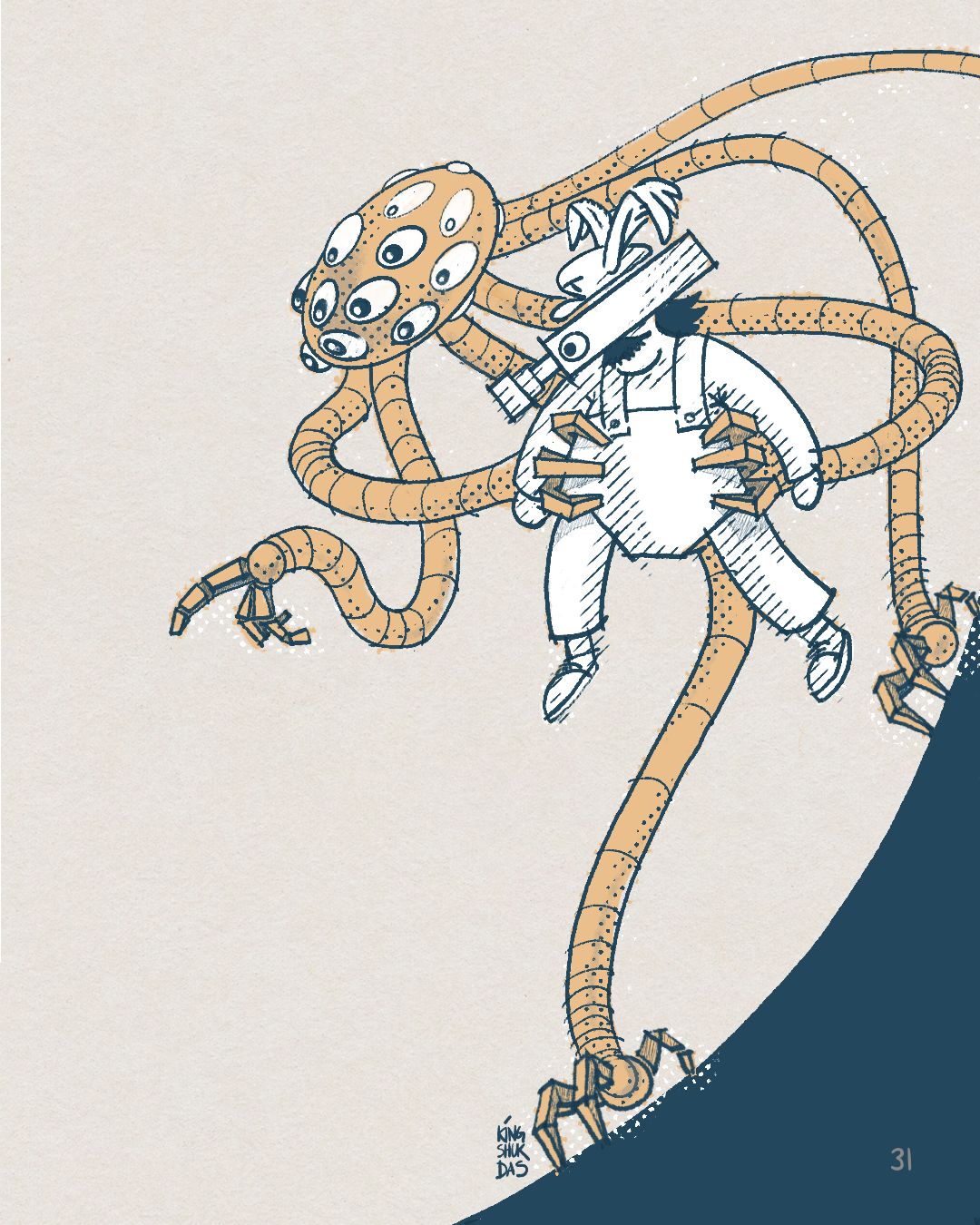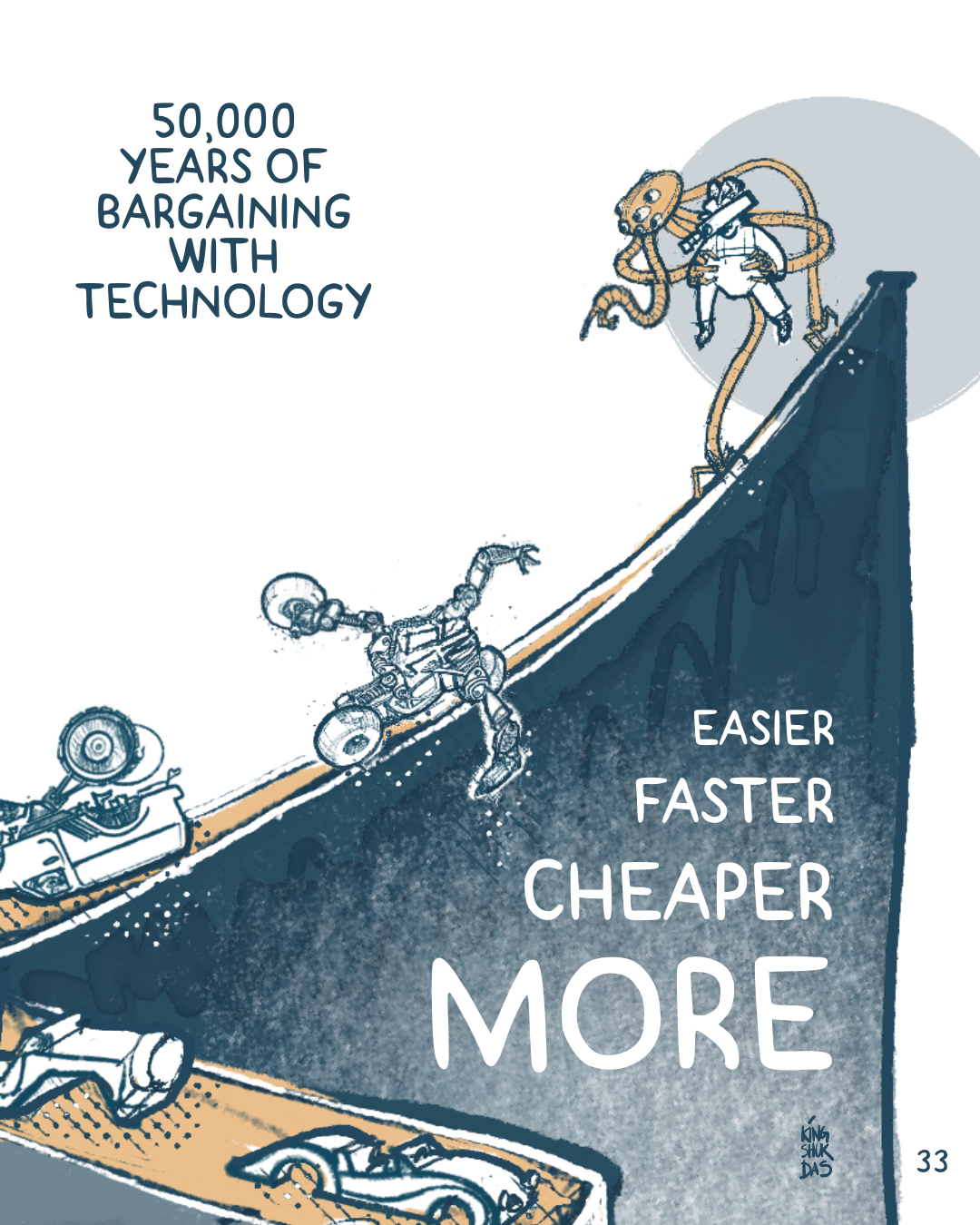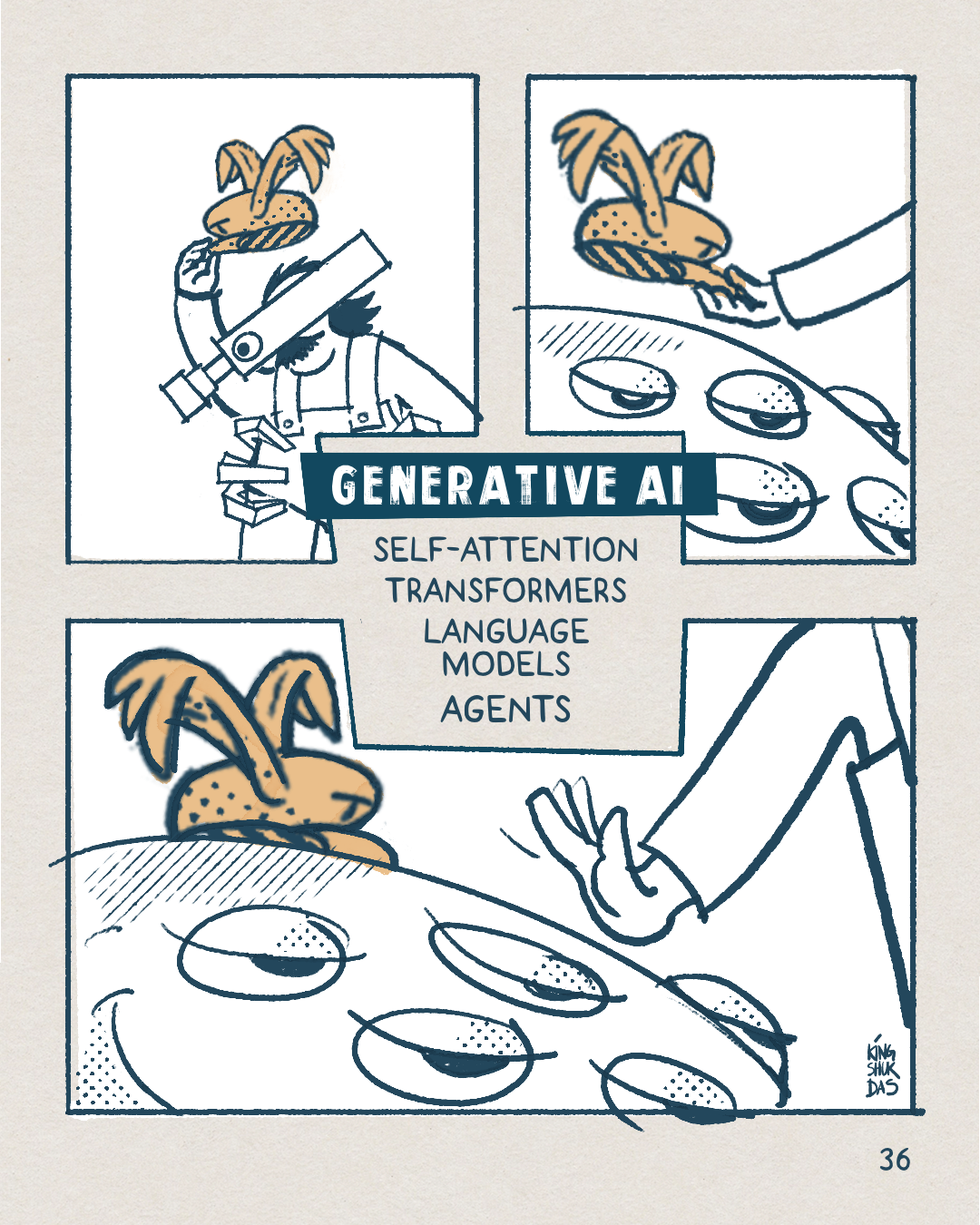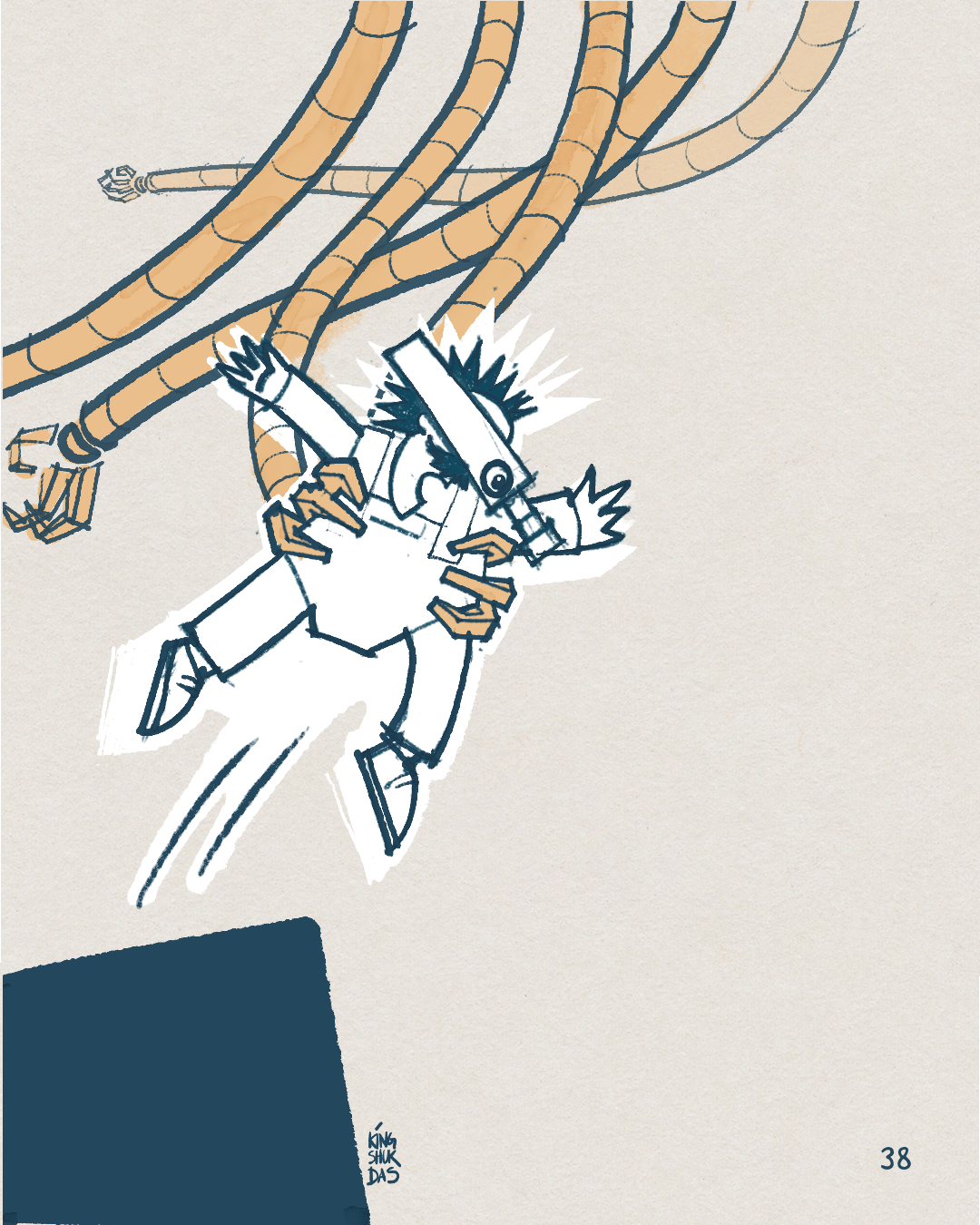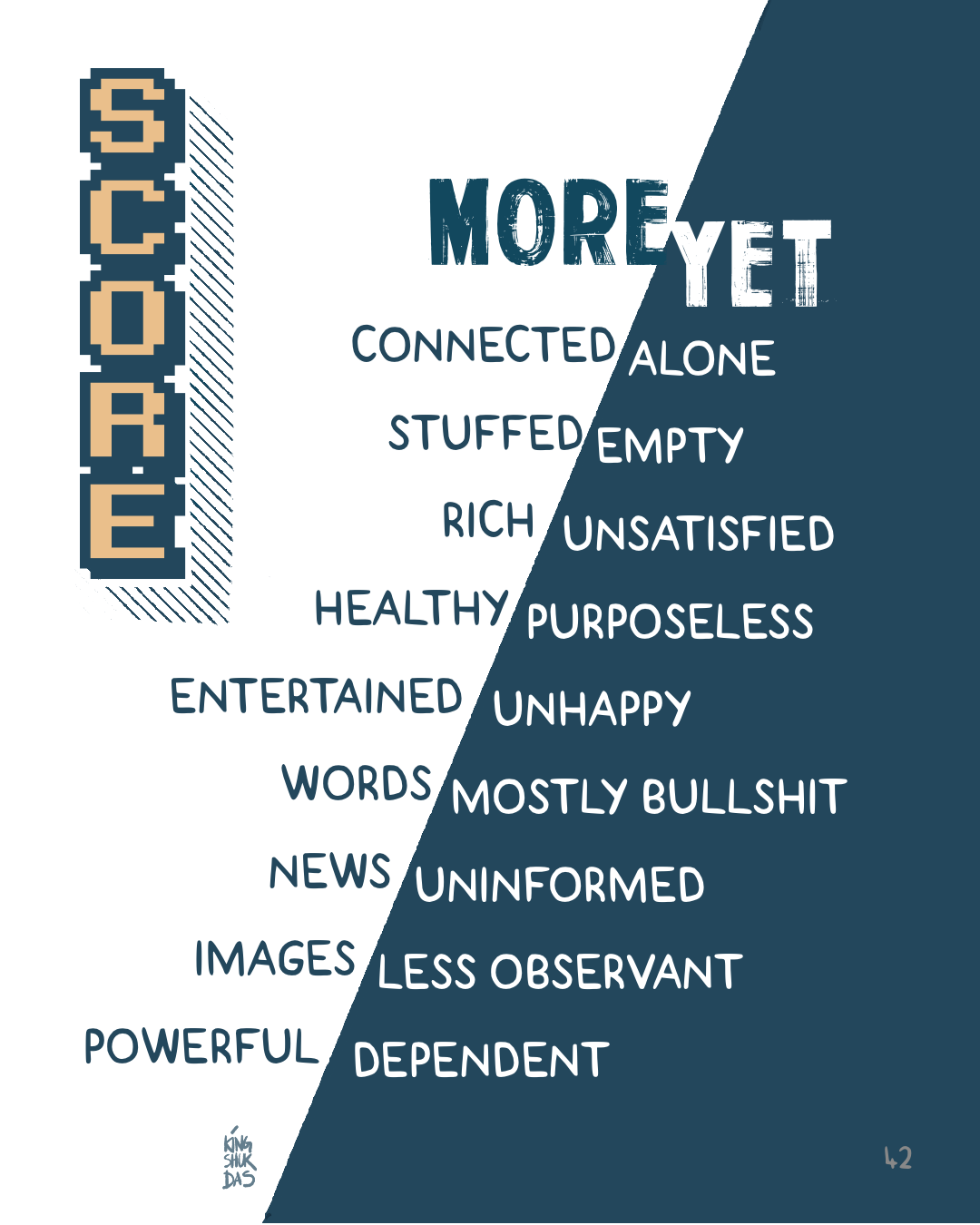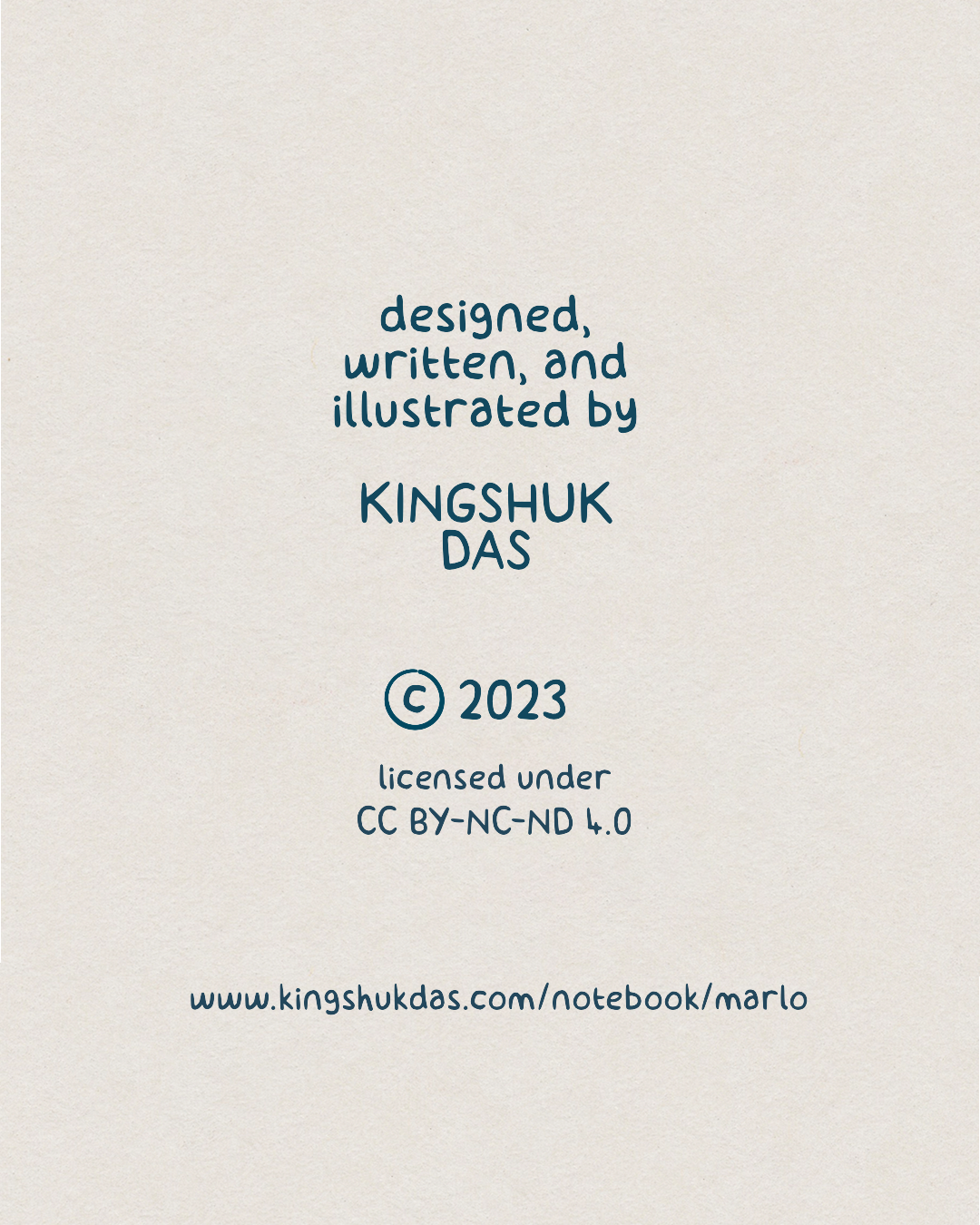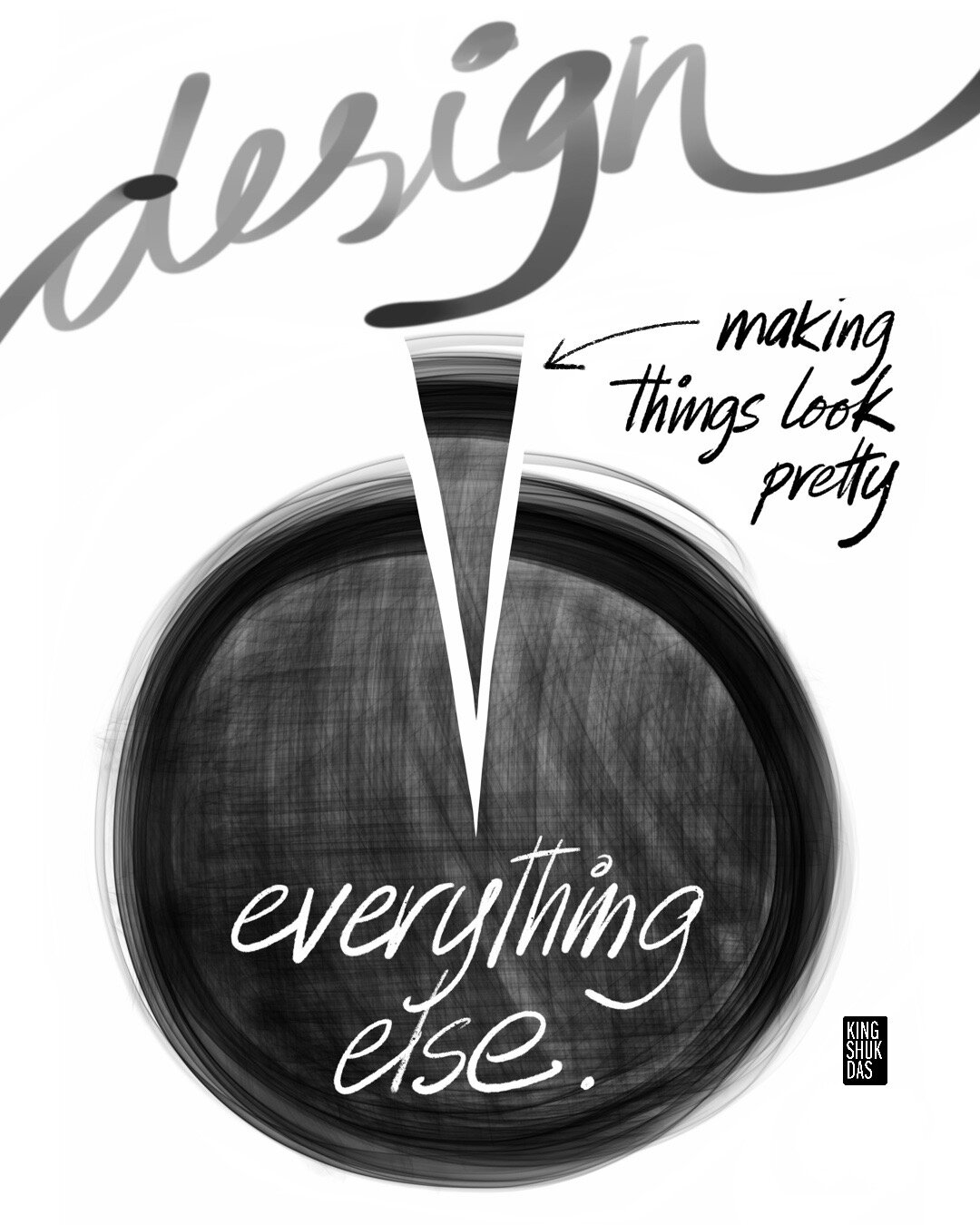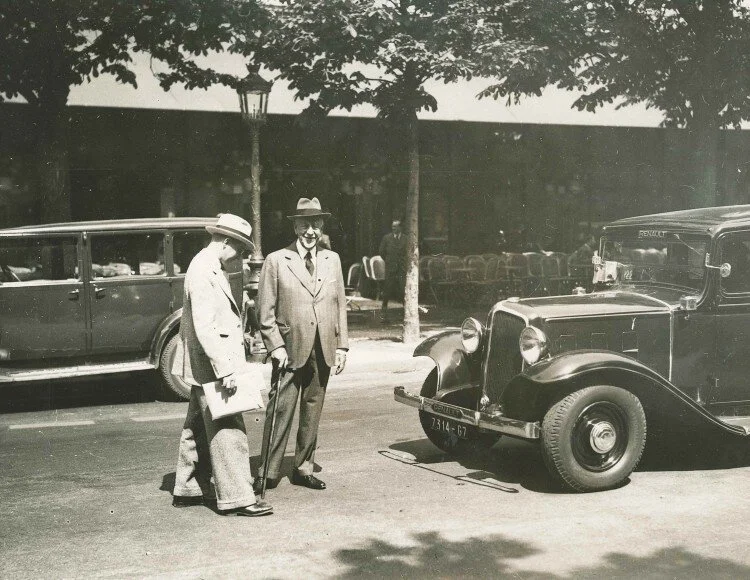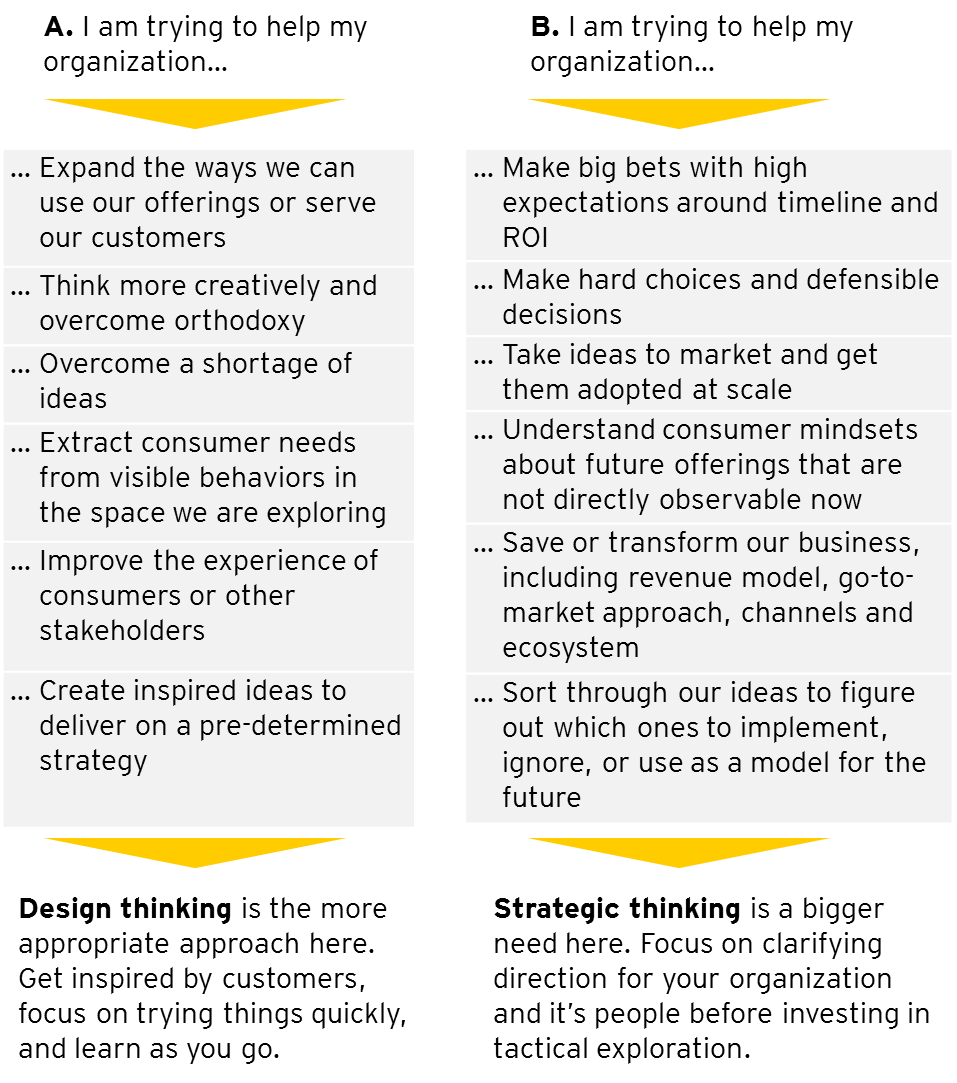MAY 6th, 2023
If you're keeping up with developments in generative AI, you know that the algorithm essentially "hallucinates" its output -- remixing everything it's been fed in random ways -- which we can then tweak to get to something closer to the truth.
Well, we humans can play that game as well :)
Hallucinate, remix, adjust.
This is V1.0 of one such hallucination.
I have always loved comics as a storytelling medium, but I’ve never made one. So this is a debut of sorts.
Backstory:
We've been playing a long game with technology — every technology we have ever invented.
It started with our first bit of meta magic: the ability to remix concepts & build on them in our minds, and try out new things in the world -- instead of just reacting to external forces. It's the language-based feedback loop of innovation that changed our brains -- from observations to mental models to hypotheses to prototypes…
At each step, the game asked us to make a trade: We got to reduce some of our labor, time, pain, & the unpredictability in our lives, and outsource it to technology. In turn, we gave up things that seemed unimportant, but in hindsight turned out to be ineffable traits that add up to make us the amazing, free-thinking social animals that we are.
That's the way it's always worked, and we've always innovated our way through it.
But this time, with Artificial Intelligence, it feels a bit different.
It feels like we've come full circle. Thinking, writing, reading, talking -- we're giving away the crown jewels. They are hard. It's easier to consume than to think and create. We can offload them to make life easier, or to help us do more. We've always used tech to take the pain away.
But we have to ask -- what if the hard things are (at least partly) what give our lives meaning? How much of the baby are we throwing out with the bathwater?
The smartest people in the world are split on whether to hit the gas or the brakes. I’m agnostic about AI doom or boom prognostications, and mostly interested in how we steer it towards outcomes that make us more creative, and more human, rather than less.
...
There's much more to that, of course.
For now, check out some of the related listening/reading, in case you missed any of these👇


